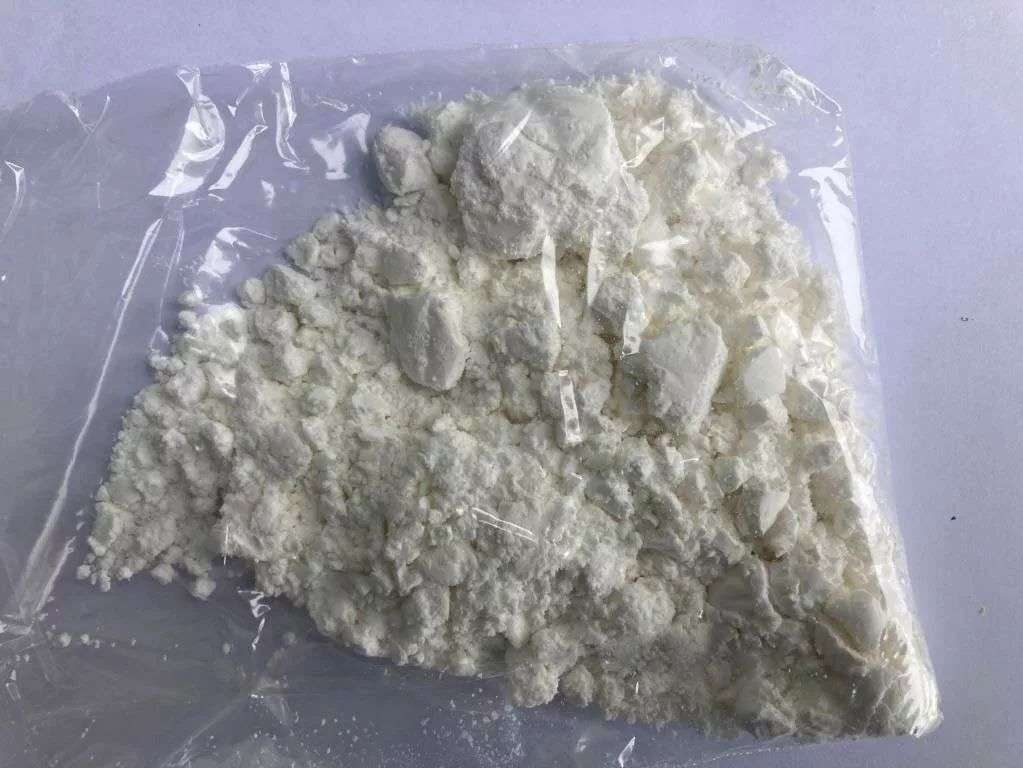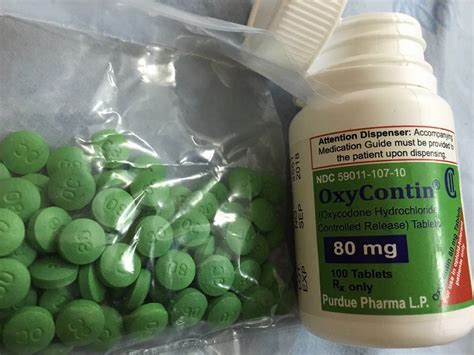
Fentanyl is a synthetic analgesic from the group of piperidine derivatives . It is a stimulant μ-receptors at the anaesthetic activity superior to morphine about 100 times.
Fentanyl and its analogues (Sufentanil, Alfentanil and Remifentanil) are close to other C-receptor stimulants. Fentanyl is widely used in anesthesia due to the rapid onset and cessation of the anesthetic effect when the/in the jet introduction of small doses, and weak influence on hemodynamics (Chapter 14).
Pharmacodynamics
Anesthesia. At the anesthetic action of fentanyl is reminiscent of morphine and other stimulants μ-receptors, however, fentanyl is about 100 times more active than morphine, Sufentanil — 1000.
Usually these drugs are prescribed in/; in acute pain in the postoperative period and chronic pain, epidural and intrathecal administration is also used. Since fentanyl and sufentanyl are much more lipophilic than morphine, the risk of delayed respiratory depression due to the spread of the drug on the CSF from the site of administration to the respiratory center is significantly reduced. In/in the introduction of fentanyl and Sufentanil are faster morphine and pethidine; analgesic effect reaches a peak of about 5 minutes compared to 15 minutes for the last two. Stops analgesic effect is also faster. However, with long-term administration or use of high doses, the effect of fentanyl and Sufentanil becomes longer (approximately like in long-acting drugs, see below).
Other Central effects. Like all μ-receptor stimulants, fentanyl can cause nausea, vomiting and itching. Fentanyl and its analogues in / in the jet introduction of more often than other narcotic analgesics lead to muscle rigidity. Obviously, this effect is associated with the action on the Central nervous system and is partly due to the higher activity of fentanyl and its analogues. To reduce the rigidity helps to abandon the jet injection or slow in / in the introduction, as well as the use of induction anesthesia. To eliminate rigidity, depolarizing or non-depolarizing muscle relaxants are prescribed, while starting ventilator. At the same time, it is impossible to allow the patient to be immobilized, while being in full consciousness. Fentanyl inhibits respiration to the same extent as other μ-receptor stimulants, but acts faster. As with pain relief, respiratory depression at low doses of fentanyl lasts less than the background of morphine, but in the case of high doses or prolonged infusion, these differences disappear. Like morphine and pethidine, fentanyl, sufentanyl and Alfentanil may cause delayed respiratory depression, possibly due to the intestinal-hepatic circuit. In high doses, fentanyl sometimes causes CNS excitation and, occasionally, conditions similar to epileptic seizures but without convulsive activity on EEG (Bailey and Stanley, 1994). Fentanyl has little effect on intracranial pressure, if IVL is carried out and does not grow Ras02.
Effect on the cardiovascular system. Fentanyl and its analogues reduce heart rate and cause mild hypotension. However, histamine release does not occur, and hemodynamics usually remains stable. These drugs only minimally reduce myocardial contractility, so fentanyl and Sufentanil are often used in heart surgery and heart failure.

Pharmacokinetics
Fentanyl and its analogues are highly lipophilic and rapidly penetrate the blood-brain barrier: T1/2 to reach equilibrium between their concentrations in serum and CSF is about 5 min. However, these concentrations fall rapidly due to the redistribution of drugs from tissues with high blood flow in muscle and adipose tissue. Then there is a saturation of tissues with low blood flow, and the action of fentanyl and Sufentanil lasts approximately during their T1/2, equal to 3-4 hours (Sanford and Gutstein, 1995). These drugs are metabolized in the liver and excreted by the kidneys. When using high doses or long-term infusion of their effect is extended.
Application
Fentanyl and Sufentanil (as citrate) are widely used as adjunct for anesthesia (Chapter 14). They are administered in / in, epidural and intrathecal. The combined preparation of fentanyl with droperidol was used, but because of the dysphoria caused by droperidol, it did not become widespread. The epidural administration of fentanyl and sufentanyl for pain relief in childbirth and in the postoperative period is becoming more popular. The combination of epidural drug analgesics with local anesthetics can reduce the dose of both drugs and reduce the side effects of both the first (for example, morphine characteristic of urinary retention, itching and delayed respiratory depression), and the second (blockade of motor fibers). Fentanyl and sufentanyl/eliminate pain after surgery, but their use is limited due to the risk of muscle rigidity. These drugs are increasingly used in chronic pain: epidural and intrathecal infusions (in combination with local anesthetics or without them) are prescribed to cancer patients, sometimes for other indications. The use of fentanyl in chronic pain relieved new dosage forms. For example, a patch with fentanyl provides its constant release for 48 hours or more. However, the acceleration of absorption from the skin (for example, in fever) can lead to a relative overdose with increased side effects (see below, “Additional methods of application”). As a premedication, candies with fentanyl were tested, providing rapid absorption of the drug from the oral mucosa, but they caused side effects (nausea, vomiting, itching and respiratory depression) in patients who had not previously received narcotic analgesics, and were not included in wide use. A similar drug with a higher fentanyl content is used in acute pain in cancer patients (Ashbum et al., 1989).

Alfentanil and Remifentanil
These drugs are synthesized as analgesics with rapid onset and predictable completion of action. Remifentanil activity is approximately equal to fentanyl, and 20-30 times greater than was Alfentanil. The pharmacodynamics they are close by fentanyl and Sufentanil, with the same frequency causing nausea, vomiting and dose-dependent muscle rigidity. Nausea, vomiting, itching and headache were reported against the background of Remifentanil anesthesia for painful manipulations. If a ventilator is carried out, the drug has little effect on intracranial pressure. Epileptic seizures when using Remifentanil were not noted. Pharmacokinetics. Alfentanil and Remifentanil begin to act faster than fentanyl and Sufentanil — after 1-1.5 min. Like fentanil and Sufentanil, Alfentanil is metabolized in the liver,its T1/2 is 1-2 hours. the duration of action of Alfentanil depends on the dose and duration of administration. The peculiarity of Remifentanil is the destruction under the action of plasma esterases (Burkle et al.(1996). Clearance of the drug is not depends on the function of the liver and kidneys, T1/2 is 8— 20 min. Re-introduction and long-term infusions do not increase the duration of action. The clearance of Remifentanil is influenced by age and weight; when choosing a dose, they are guided by a fat-free body weight, and in the elderly, the dose is reduced. However, in any case, a pronounced extension is not observed. Breathing is restored after 3-5 minutes after 3-5-hour infusion of Remifentanil, all the effects of the drug completely disappear after 15 minutes (Glass et al.(1999). The main metabolite — Remifentanil acid — operates at 2000-4000 times weaker than the original substance and excreted by the kidneys. After the jet administration of Remifentanil, the maximum respiratory depression is observed after 5 min (Patel and Spencer, 1996),
Application. Alfentanil and Remifentanil (in the form of hydrochlorides) are used for pain relief and stress reduction in short but painful manipulations. These drugs are very convenient for small operations due to the possibility of selection of doses and rapid cessation. Remifentanil has been successfully used in long-term neurosurgical interventions, when a quick exit from anesthesia is important. Anesthesia with one Remifentanil is not suitable for patients in need of pain relief after surgery. In such cases, another drug is used or to prolong the effect, a long-acting narcotic analgesic or another analgesic is added to Remifentanil. Alfentanil is also used epidurally, but Remifentanil is not administered in this way, since the glycine contained in the solvent can cause transient paralysis. Usually Remifentanil is prescribed by long-term intravenous infusion; jet administration is impractical because of the rapid destruction.













